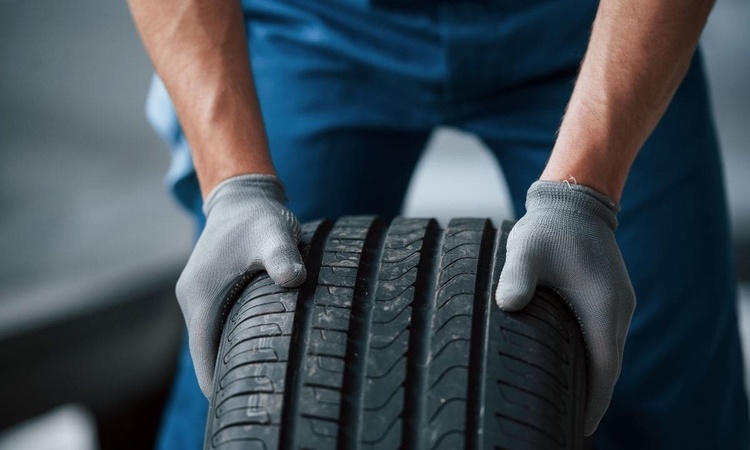A practical checklist for routine vehicle electrical inspections
Routine electrical checks help prevent unexpected breakdowns and maintain vehicle reliability throughout the year. This article provides a straightforward, safety-focused overview of what to inspect, simple diagnostic steps you can perform, seasonal considerations, and basic troubleshooting and roadside jumpstart guidance. Use this checklist during regular maintenance to spot early signs of wear and avoid common electrical failures.

Start your inspection with a clear plan and basic tools: safety gloves, protective eyewear, a digital multimeter, a terminal brush, and a set of insulated wrenches. Begin with the vehicle parked on level ground, the engine cool, and the ignition off. Avoid working near moving parts and keep metal tools away from battery posts to reduce shorting risk. A routine inspection does not replace professional diagnostics when warning lights appear, but it can identify early issues with the battery, charging circuit, and connections that commonly lead to roadside failures.
Battery and terminals: what to inspect?
Inspect the battery for physical damage, bulging, or leaks. Check terminals for firm connections and minimal corrosion. Measure resting voltage with a multimeter: a fully charged 12V battery typically reads about 12.6 volts at rest. While load testing is a more advanced check typically done at a shop, you can observe signs like slow cranking or flickering lights as indicators of battery weakness. Keep a record of battery age and inspection results as part of scheduled maintenance so replacement can be planned before failure.
Charging system and alternator checks?
The alternator maintains battery charge once the engine runs; signs of a charging problem include dimming lights or a battery warning light. With the engine running, measure system voltage: it should commonly be between about 13.8 and 14.6 volts for most modern 12V systems. Listen for unusual noises from the alternator area and inspect belts for proper tension and wear. If voltage is outside expected range or the belt is slipping, further diagnostics or a professional alternator test is advised to avoid recurring charging faults.
Starter tests and basic diagnostics?
Starter-related issues present as clicking sounds or slow engine cranking. Check starter electrical connections for tightness and corrosion at the starter solenoid and ground points. Use a multimeter or a load probe for more precise diagnostics, noting voltage drop at the starter during crank; excessive drop suggests poor connections or a failing starter. Record diagnostic observations—consistent low voltage during crank may indicate battery, starter, or cable problems and helps technicians diagnose further if professional service is needed.
Corrosion, connectors, and terminal care?
Corrosion on terminals and connectors impedes current flow and accelerates wear. Inspect battery posts, cable clamps, and visible harness connectors for white or bluish deposits, greenish oxidation, or loose fittings. Clean terminals with a battery terminal brush and a baking soda solution if safe to do so, then rinse and dry thoroughly. Apply a thin protective grease or terminal protector to slow re-corrosion. Regular care of connectors and harness routing reduces voltage loss and improves overall electrical system reliability.
Seasonal maintenance and roadside safety?
Seasonal shifts affect electrical performance: cold weather reduces battery capacity and may increase starter load, while heat can accelerate electrolyte evaporation. Before winter or summer, verify battery state, check charging performance, and inspect cooling around electrical components. Keep a roadside kit with gloves, jumper cables or a compact jump starter, a flashlight, and basic hand tools. For safety, follow manufacturer guidance for jumpstart procedures and avoid improvising connections; improper jumpstarting can damage electronics or create safety hazards.
Inspection checklist and troubleshooting tips?
Use a concise checklist during every inspection: visual battery condition, terminal tightness and corrosion, cable integrity, resting voltage, running voltage, belt condition, starter connections, and warning light presence. For troubleshooting, isolate issues stepwise: confirm battery health first, then verify charging output, then inspect starter and grounding. Note intermittent symptoms and environmental conditions present during failures to aid diagnostics. If onboard diagnostics (OBD) codes are present, record code details to support professional troubleshooting.
Conclusion A routine electrical inspection focuses on clear, repeatable steps: check battery condition and terminals, verify charging system performance, test starter circuits, and manage corrosion and seasonal risks. Keeping concise records of voltage readings, observed symptoms, and maintenance actions helps identify trends and plan replacement before failures occur. Regular inspections enhance roadside safety and reduce the chance of unexpected electrical issues, while professional diagnostics remain the next step for persistent or ambiguous problems.





